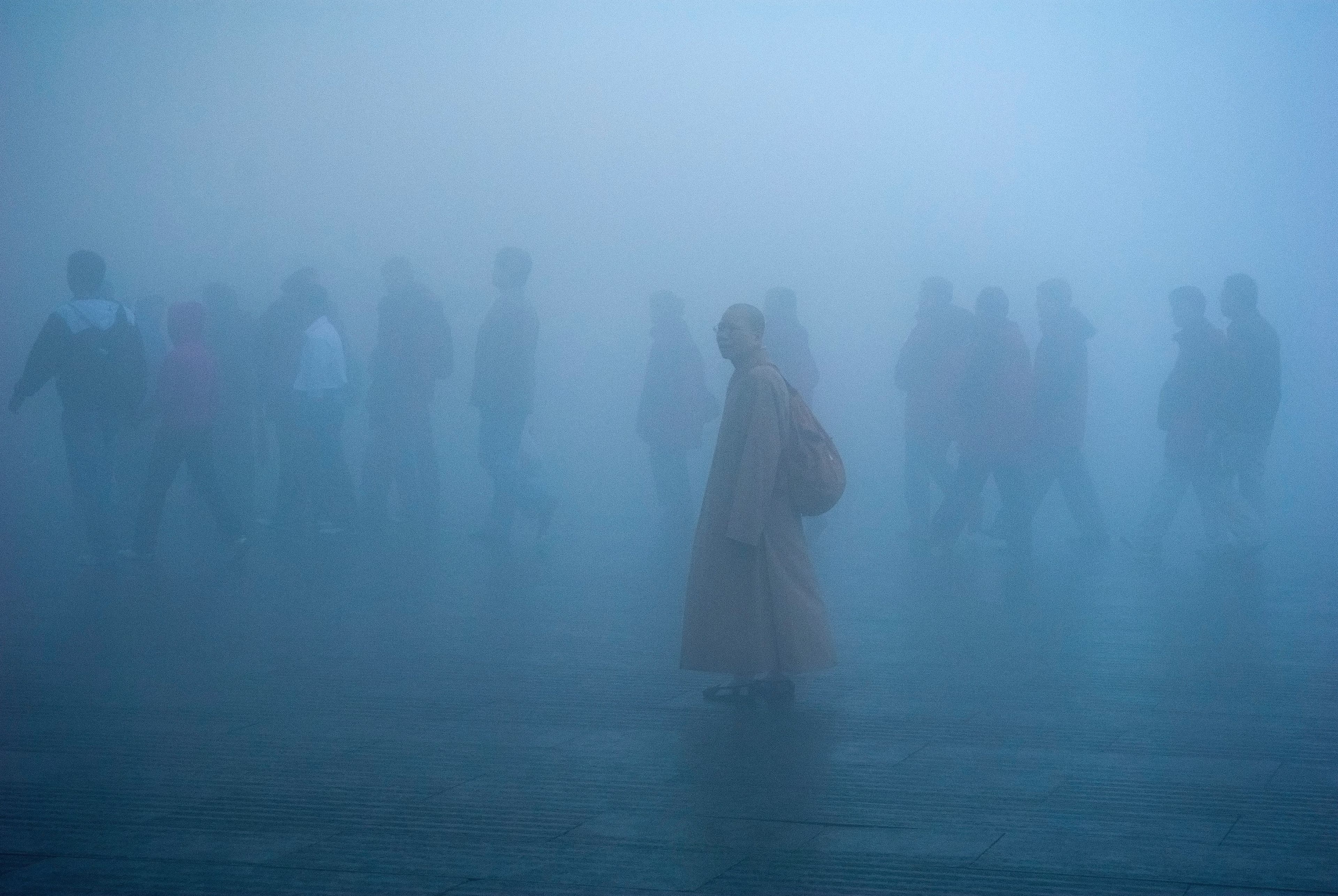Clean Air Asia

▲ Photo by Evgeny Nelmin on Unsplash
Related research
Clean Air Asia is “an international non-governmental organization leading the regional mission for better air quality, and healthier, more livable cities throughout Asia.” Clean Air Asia is proposing to reduce air pollution from the construction industry in Delhi and the surrounding National Capital Region. They aim to do this by implementing a Clean Construction Toolkit, which will help the construction industry reduce its air pollution.
What is the problem Clean Air Asia is trying to solve?
Air pollution is the fifth largest risk factor for mortality globally, causing the deaths of nearly 7 million people every year. Air quality in Delhi and the wider National Capital Region is particularly poor, with an estimated 54,000 deaths every year. It’s estimated that dust from the construction industry makes up around 8-10% of the city’s PM2.5 (one of the deadliest air pollution particles). At the same time, air pollution from dust in construction and other industries is highly neglected, with most funding going to air pollution sources linked more closely to CO2 emissions. Hence, we think action on dust is likely to be an especially impactful opportunity.
What will Clean Air Asia do?
Clean Air Asia has designed a “Clean Construction Toolkit,” a guide for stakeholders in the construction industry (architects, civil engineers, project managers, construction workers, pollution control boards and local government). The toolkit provides guidance on dust control measures, best practices, and checklists for site supervisors to implement dust mitigation actions.
Why do we think this is a good investment?
- Delhi and the surrounding National Capital Region has some of the world’s worst air pollution, with an estimated 54,000 deaths. Hence, any action to reduce this number is likely to have significant impact.
- Construction makes up between 23-30% of air pollution, with around 8-10% of PM2.5 coming from the construction industry. Most pollution is generated via dust, which is a particularly underfunded source of air pollution.
- This toolkit has potentially significant improvements for local air quality, with preliminary results suggesting up to 50% reductions in PM2.5. Although we believe it is unlikely the effect size will be this large when the toolkit is implemented, even half this effect would be a very promising intervention.
- Clean Air Asia has strong connections within the South Asia region, with an on-the-ground team with experience in environmental policy.